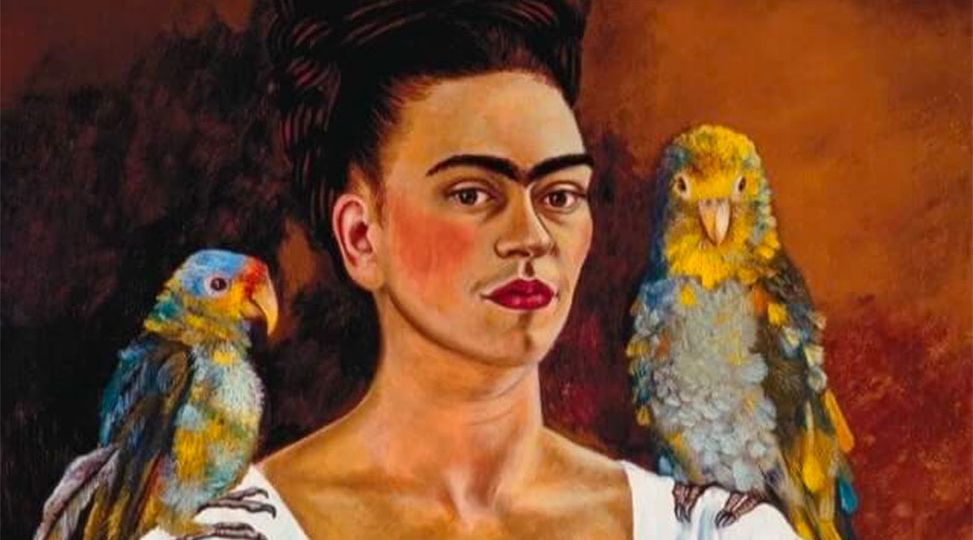
Type and Other Biases, Part II
The Simultaneous Reality of an ENFJ Latina
Stephanie Puentes, May 2, 2012
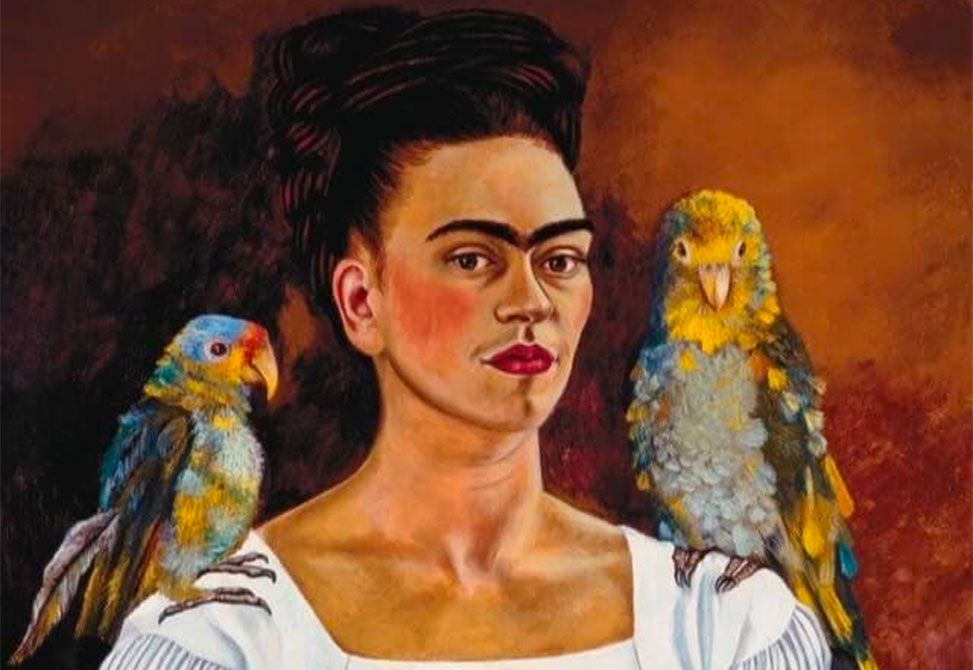
Recently I’ve expanded my focus to include ‘culture,’ by which I mean all the different social identities a person might possess. For example, I am a woman, I am a Latina of Mexican ethnicity, I am a Lesbian, I’m in my fifties, and I have ENFJ preferences. I have a very clear sense that my dominant and auxiliary mental functions of extraverted feeling (Fe) and introverted intuiton (Ni) are inseparable from my race/ethnicity and that my internal experience of type is affected by that. As far as I know there is no research on this topic so I have no proof, but my preference for introverted intuition clearly tells me, I know what I know. Which of course begs the questions, what do I know and how do I know it?
Explaining my intuitive sense of knowing to other people has always been a challenge since I seldom have the hard data at hand to back my conclusions. For as long as I can remember I’ve been able to quickly absorb what appear to be disparate pieces of information and see a pattern, theme, or trend emerge. This is especially true when the information is about people or organizations where I can also employ my dominant function of extraverted feeling. It’s like a kaleidoscope of shifting images and impressions that suddenly come together to form a picture resulting in what I ‘know.’ Of course this all happens inside my head where no one else can see the process. What others do experience is the certainty with which I deliver my conclusions. The bewildered ‘where did that come from?’ look I often encounter has led me at times to heights of indignant stubbornness. I know what is going to happen, yet nobody believes me. When events would transpire as I had foreseen, I would tell people “Just call me Cassandra,” feeling a great affinity for the Greek goddess who had the gift of prophecy but was never believed by anybody and mostly treated like a madwoman. She accurately prophesied the downfall of Troy but of course there wasn’t anybody left afterwards to tell ‘I told you so!’
Reconnecting with my inner Cassandra led to other memories of my past. In spite of all the thinking and writing I’ve done on this subject, I hadn’t really looked at my childhood self to help find the answers. So I began reflecting back on my childhood, trying to dredge up my earliest memories of type and race. Recalling past events with clarity is not an easy thing for me to do; my memories are not crisp with detail like those I’ve heard described by people with a preference for Sensing. When I try to remember my past experiences it’s like being immersed in a Georges Seurat painting. Although I can discern the individual components, they appear to me as soft images that are part of a larger whole imbued with subtle tones of feeling and perception. I suppose it’s no wonder that A Sunday Afternoon on the Island of La Grande Jatte is one of my favorite paintings. Add in the fact that as a child I had no language for the concepts of race or personality type and the memories become even more elusive, like grasping smoke that dissolves away as soon as my hand gets near. I tell you this so you’ll understand that the general facts of my story are all true but I know that some of the details are my mind’s eye filling in the blanks.
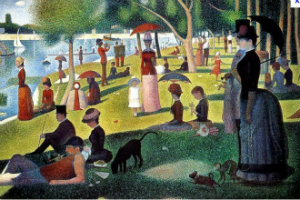
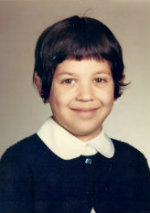
My memory of our interaction ends there; but from that day forward, I knew I was different. The brown color of my eyes, the dark olive tone of my skin, the coarseness of the black hair on my arms and head, my last name—they all set me apart from my classmates. Their eyes shone blue or green in freckled faces and their skin was milky white. They were called Jimmy or Kathleen with last names like Kelly or O’Connor and nobody in their family would ever be mistaken for a monkey. I also knew and understood that I was different from the Dominican Sisters from Mission San Jose who ran the school. Although their nun’s habits covered everything except their wimple-framed faces and their hands, I knew they were more like my classmates than I was.
Looking back on this and other childhood memories, I see how race/ethnicity and type became linked for me in terms of my personality type development. The hurt, confusion, and sense of otherness that resulted from the drinking fountain event were indistinguishable from the hurt, confusion, and sense of otherness that I related to my extraverted feeling preference. Being different, both at school and within my modal Thinking type family gave me a perspective that informed all the subsequent race and type events I experienced in the years after. Not being a member of the dominant group, because of type, race/ethnicity or both, affected my internalized processing of the events and behavior around me which often resulted in my sense of not fitting in. This interplay of race/ethnicity and type is deeply rooted, a filter or lens that cannot be removed from my perception and judging functions—simultaneous interwoven realities of everyday living.
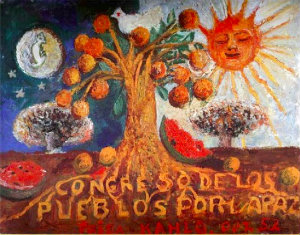
The shared values of the extended Puentes tribe created a harmonious event I looked forward to all year long. This happy anticipation was not necessarily shared by other family members as I learned just recently when I shared a draft of this article with my sister Barbara who has ESTJ preferences. Her memory of the picnics? Too unorganized and too much family drama. Many years later she tried to organize regular family reunions but stopped after she ended up doing all the work and everybody else just showed up for the party.
The difference between these two cultural environments, my school and my extended family, one full of pain and the other full of joy, is directly tied to the dynamics of dominance and marginalization. We stratify ourselves within society by age, sex, ethnicity, religion, type, etc. and within these social hierarchies a hegemonic group exists at the top. For all these reasons, my family strongly encouraged assimilation. When I was five years old my parents moved us to a brand new tract home on the west side of San Jose where we were the only Mexican family in an all-white neighborhood. Having experienced harsh discrimination during their childhood and young adult years in Southern California, my mother and father did not want their children to suffer the same and so with all good intent they encouraged us to meld and fit in. For example, my father would bring home wonderful Mexican delicacies which we consumed—along with my mother’s admonition not to tell anybody what kind of food we were eating. Simply attempting to be like everybody else in the neighborhood could not change the fact that I was not a member of the dominant group.
I might never have moved beyond those feelings of marginalization if not for a ‘wake-up call’ when I was 19 years old. I was living in a predominantly Latino section of downtown San Jose and whenever my next door neighbor saw me he would speak to me in Spanish. I always spoke in English which prompted him to ask me one day why I didn’t speak Spanish since I was clearly Mexican. I replied with what my mother had always told me to say, “I’m not Mexican, I’m American. I was born here.” I will never forget the look on his face or what he said next. With a dismissive wave of his hand he said, “Girl, you don’t even know who you are!”
As a result of this comment I began asking questions about my family. I learned where my grandparents came from, how they came to California, how we ended up in San Jose. I became interested in diversity training and joined affinity groups at work so I could be with people who shared my social identities, my life experiences. I learned about my own personality type preferences and realized that I was not overly sensitive but that my dominant function is extraverted feeling and it is a gift. And, I became an MBTI® practitioner, armed now with both type and diversity training that allows me to explore what it means to be a Latina with ENFJ preferences.
What would I say to people who have experienced race and type bias? Begin by learning where you come from and how you were socialized to think about yourself. Find a community of people who share your experience, people you can turn to for validation and support. Then take a good look at how and what you think and feel about others. Be willing to face what you find and push through the discomfort. Acknowledging that I had spent years feeling picked on and admitting I had my own type bias towards those with Thinking preferences was difficult to do but resulted in both a better understanding of myself and better relationships with my family. Once you’ve started doing your own work and created your ‘like me’ support network, then reach out to those who are ‘different’ from you to build alliances. Whether it is across race or type preferences, working with people who are different from us is an essential part of how we grow.


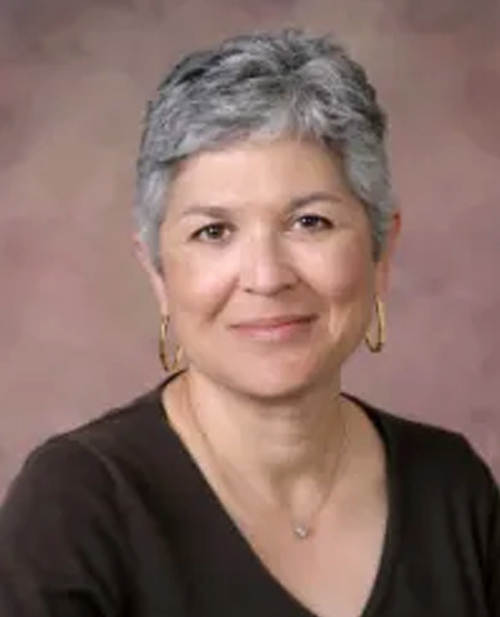
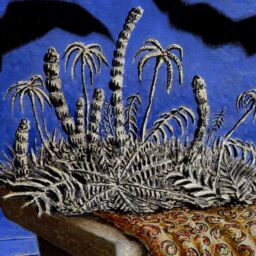


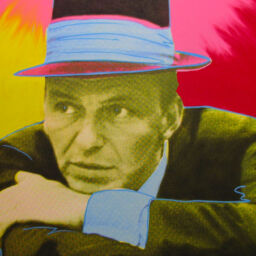
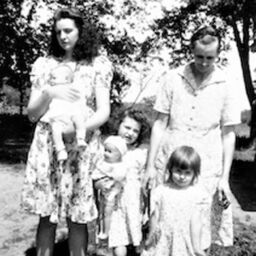
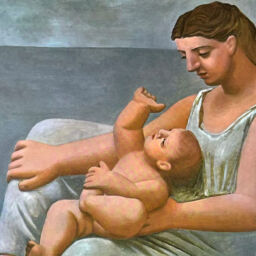




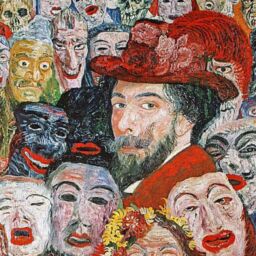


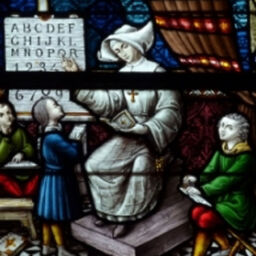
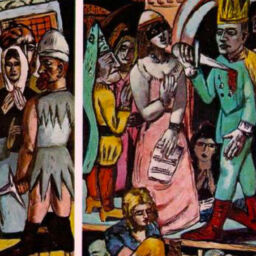
Hi Stephanie, I don’t remember even realizing the difference in culture at that age. Danny was Italian, Peter was Greek. Mark Norton was German. I don’t remember caring. Memories…
What a fine contribution, Stephanie. So personal and yet so universal, you have captured the essence of the “interplay between race/ethnicity and type”. Although rarely referred to by the dominant group, it makes me reflect on how type must also affect how privilege is expressed. As a white female ENFP, I freely expressed my extraverted intuition and was so often rewarded for it, that I eventually took that for granted. Thank you for giving me new understanding and another useful piece for my own reflection. Oh, and I also love seeing the young Stephanie picture.
Hey, thank you for your comment on my blog! And for fownolilg It’s funny that you are posting about the Myers-Briggs Test today I took the test half a year ago and turned out ENTJ (just like my boyfriend, LOL). And yesterday I found old paperwork including the Myers-Briggs I did at 17 (13 years ago ^^). I had ENTP back then. I think both are a good fit, but ENTP is a bit closer to myself. But: Still a pretty okay retest-reliability
Thanks for this beautifully written reflection. As an ISFJ, I especially resonated to the fact that the extraverted feeling function was interpreted in a predominantly thinking family as being “too sensitive.” I had the same experience as a child, of being urged to try to stop noticing feeling issues, to make an effort to be less sensitive.